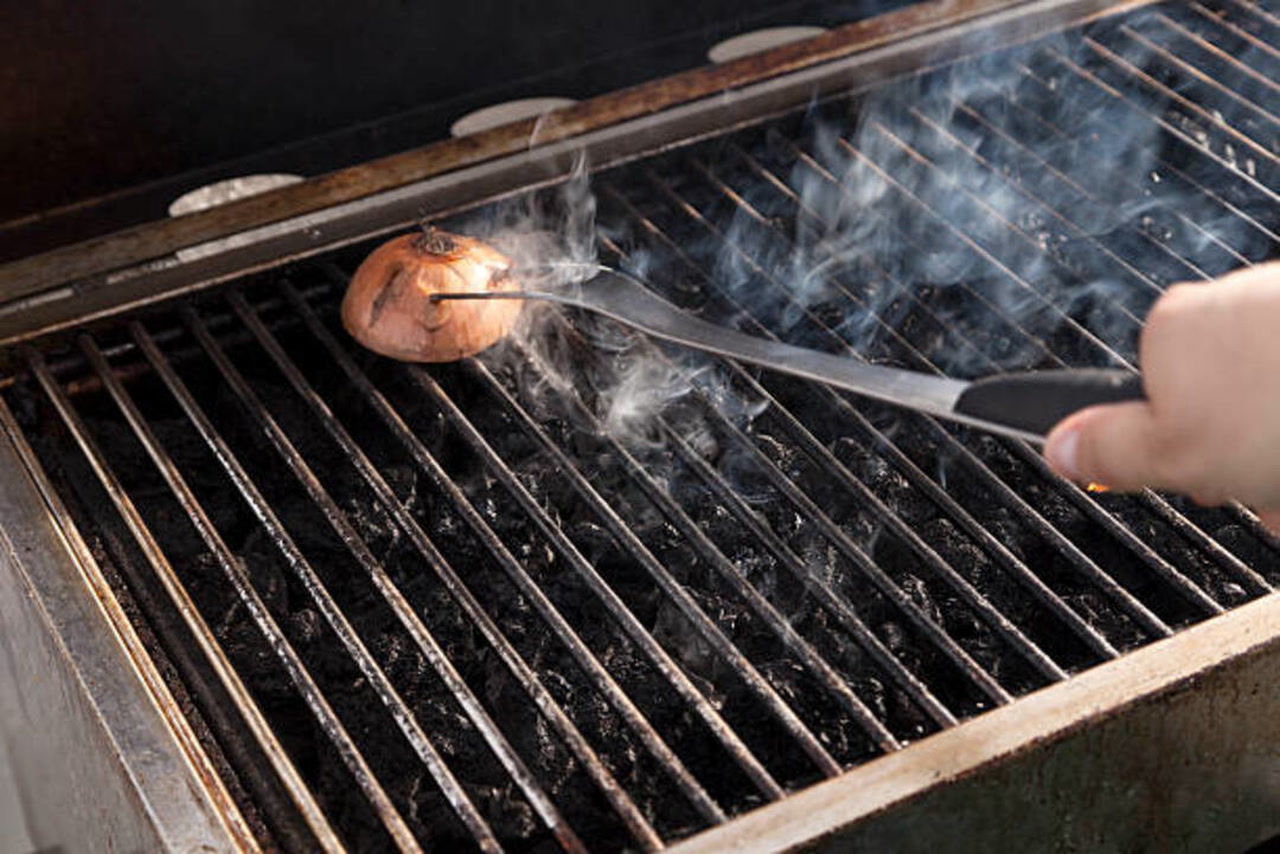How to Measure Grill Grates for Perfect BBQ Fitting
Written By James Morgan
For barbecue enthusiasts, ensuring that your grill is in top shape is crucial for achieving that perfect cookout. One of the most important aspects is knowing how to measure grill grates correctly. Having the right fit can make all the difference in achieving even heat distribution and preventing food from falling through the gaps.
Whether you're replacing old grates or upgrading to a better model, accurate measurements will ensure that you get the best performance out of your grill. Lets dive into how to measure grill grates effectively.

The Importance of Accurate Measurements
Accurate measurements are essential because they ensure that the grill grates fit perfectly into your grill. This prevents heat loss and ensures even cooking. Incorrectly sized grates can lead to uneven cooking, increased flare-ups, and a frustrating grilling experience. Moreover, the right fit prolongs the lifespan of your grates and your grill.
Tools Youll Need
Before you start the measuring process, gather the necessary tools. Youll need a tape measure, a notepad for jotting down measurements, and possibly a friend to help you with larger grills. A tape measure is crucial for getting precise dimensions, which will guide your purchasing decision.
Step-by-Step Guide: Measuring Your Grill Grates
Step 1: Remove the Grates
Before you begin measuring, ensure your grill is off and the grates are cool. Remove the grates carefully to avoid any damage. Place them on a flat surface for accurate measurements.
Step 2: Measure the Width and Length
Using your tape measure, measure the width and length of the grates. Measure from the outermost edges to get the full dimensions. Record these measurements as they are crucial for finding the right replacement.
Step 3: Measure the Thickness
Next, measure the thickness of the grates. This is important for ensuring that the new grates will fit properly into the grill's slots or holders. Measure both the bars and the spaces in between to get a comprehensive understanding.
Step 4: Note the Shape and Design
Grill grates come in various shapes and designs, such as rectangular, circular, or custom shapes. Take note of the design, as this will impact the fit and function of the grates in your grill. If possible, take photos for reference when shopping for replacements.
Choosing the Right Material
Once you have your measurements, consider the material of the grill grates. Common materials include cast iron, stainless steel, and porcelain-coated steel. Each has its pros and cons, such as durability, heat retention, and ease of cleaning. For more on why use grill grates of different materials, check out our detailed guide.
Additional Tips for Grill Maintenance
Regular maintenance of your grill grates can extend their life and improve your grilling experience. For tips on how to clean grill grates, visit our cleaning guide. Keeping your grates clean prevents the build-up of grease and food particles, which can affect the taste and safety of your food.
Furthermore, knowing when to replace grill grates is essential in maintaining optimal grilling conditions. Over time, grates can become warped or coated with rust, which can negatively impact your cooking.

FAQs
How often should I measure my grill grates?
Its a good idea to measure your grill grates whenever you notice a change in performance or when replacing them. Regular checks can ensure your grill remains in top condition.
Can I measure my grill grates while they are still on the grill?
Its best to remove the grates and place them on a flat surface for accurate measurements. This reduces the risk of errors and ensures you get the right fit.
What if my grill grates are an unusual size?
If you have custom or unusual-sized grates, consider consulting with the manufacturer or a professional to find the best replacement options. Sometimes, custom grates can be made to fit perfectly.
For more information on the science and technology of grill grates, you can visit the Wired review on grill grates.



